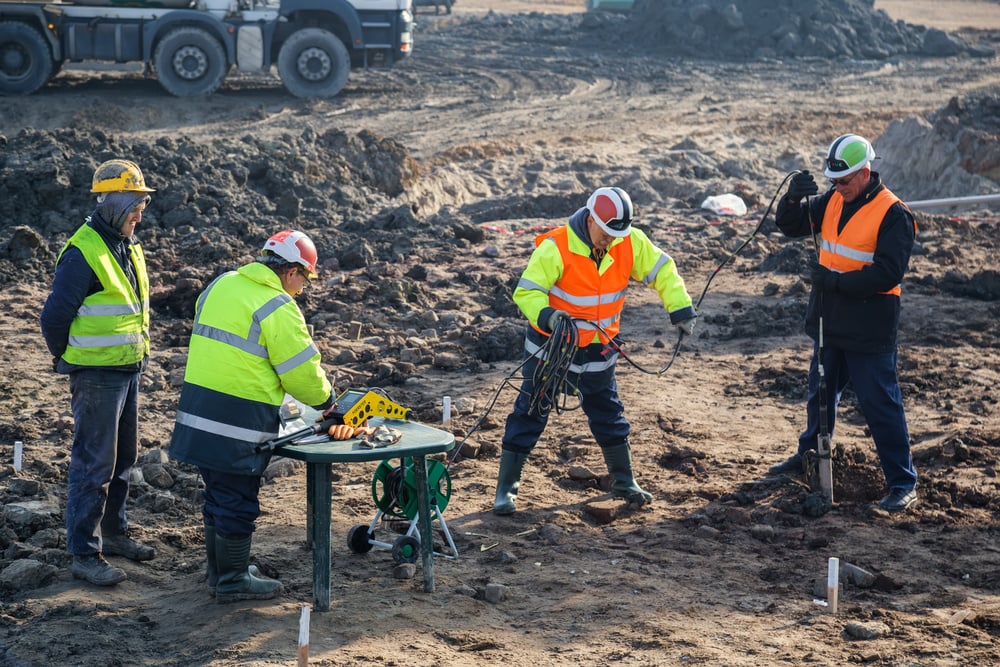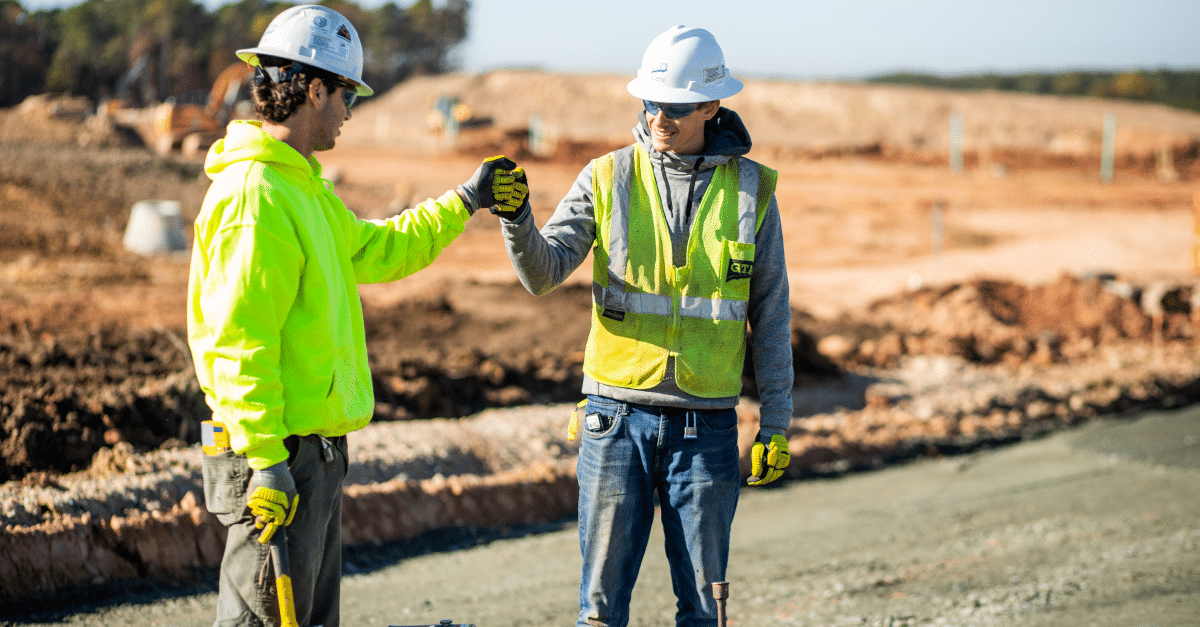Not known Factual Statements About Geotechnical Engineering For Construction Projects
How Geotechnical Engineering For Construction Projects can Save You Time, Stress, and Money.
Table of ContentsFacts About Geotechnical Engineering For Construction Projects Revealed7 Simple Techniques For Geotechnical Engineering For Construction ProjectsThe Buzz on Geotechnical Engineering For Construction ProjectsThe Single Strategy To Use For Geotechnical Engineering For Construction ProjectsThe 8-Minute Rule for Geotechnical Engineering For Construction ProjectsThe 9-Second Trick For Geotechnical Engineering For Construction Projects
The function of geotechnical design substantially takes care of recognizing the functions of soil and rock, which may differ considerably by their thickness, dampness material etc. These attributes need to be checked out by geotechnical engineers to anticipate their movements under numerous scenarios. The security as well as stability of structures are affected by dirt conditions, making this analysis needed., in enhancement to exactly how they interact with buildings that have been put up on or within them, is one of the primary explanations for why geotechnical engineering is essential.
Along with structural preparation and building, geotechnical engineering is additionally essential to the repair and maintenance of pre-existing structures. Age-related deterioration or added troubles could affect a framework's security and performance. Environmental management is achieved with geotechnical engineering. Expertise in air, water, and dirt high quality upkeep is used by geotechnical designers to minimize the adverse impacts of jobs.
To sum up, geotechnical design is an essential technique that preserves the strength and integrity of civil framework. Geotechnical engineers add to making building tasks effective all over the world by recognizing the behavior of planet materials and applying suitable planning strategies.
Some Known Incorrect Statements About Geotechnical Engineering For Construction Projects
The fundamental stability of any task is important. Geotechnical engineering plays a critical role in making sure that structures are developed on strong ground, literally and figuratively. By checking out dirt, rock, and subsurface conditions, geotechnical engineers offer necessary understandings that help in the design, building and construction, and maintenance of structures and framework.

Some Known Details About Geotechnical Engineering For Construction Projects
Laboratory screening: Identifying the properties of dirt and rock. Several prominent building projects have actually effectively utilized geotechnical engineering to guarantee their stability and safety and security.

As a leader in geotechnical engineering, BECC Inc. is devoted to providing ingenious and effective remedies that meet the highest requirements of top quality and security., a mechanical engineer and geologist.
The 25-Second Trick For Geotechnical Engineering For Construction Projects
Terzaghi also created the framework for concepts of birthing capacity of structures, and the theory for prediction of the price of settlement of clay layers because of consolidation. Later on, Maurice Biot completely developed the three-dimensional soil consolidation theory, prolonging the one-dimensional design previously developed by Terzaghi to extra basic hypotheses and introducing the collection of fundamental formulas of Poroelasticity.
Geotechnical engineers check out and figure out the properties of subsurface problems and products.
The Buzz on Geotechnical Engineering For Construction Projects
Geologic mapping and interpretation of geomorphology are generally finished in appointment with a anonymous geologist or design geologist. Subsurface expedition normally includes in-situ testing (for instance, the typical penetration test and cone penetration test). The digging of test pits and trenching (particularly for locating mistakes and slide aircrafts) may additionally be made use of to find out about dirt problems at depth. Still, they are occasionally used to allow a geologist or engineer to be lowered right into the borehole for direct aesthetic and manual evaluation of the dirt and rock stratigraphy. Various dirt samplers exist to meet the demands of different engineering tasks. The standard penetration test, which makes use of a thick-walled split spoon sampler, is the most usual method to gather disturbed examples.

Commonly, the user interface's precise geometry is unidentified, and a simplified interface geometry is presumed. Finite slopes call for three-dimensional designs to be assessed, so most inclines are assessed assuming that they are considerably vast and can be represented by two-dimensional models.
The Main Principles Of Geotechnical Engineering For Construction Projects
Developing the style based on a functioning theory of behavior anticipated under the most possible problems. Option of quantities to be observed as building and construction earnings and computing their expected worths based on the working hypothesis under the most unfavorable problems.
Measurement of amounts and analysis of actual problems. It is inappropriate for tasks whose layout can not be changed throughout building.